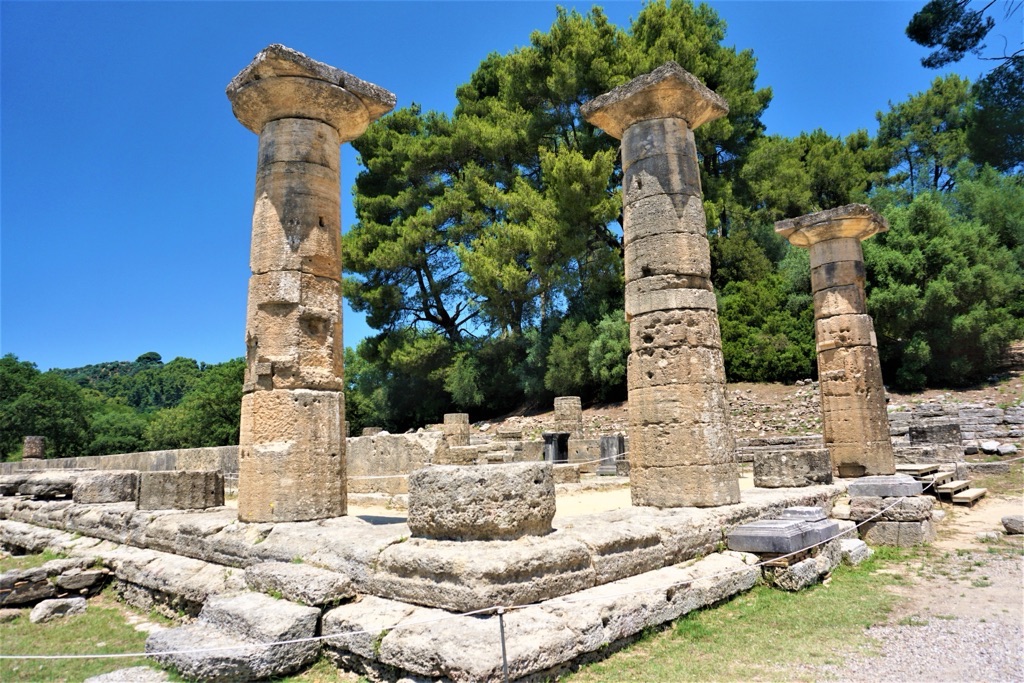Historical Significance of the Temple of Hera
The Temple of Hera (Heraion) in Olympia, Greece, is a 7th-century BC architectural marvel. One of the oldest Greek temples, it was dedicated to Hera, wife of Zeus and a major goddess. The temple’s location within the Olympia sanctuary, a religious and political center that hosted the Olympic Games, highlights its importance.
Get your dose of History via Email
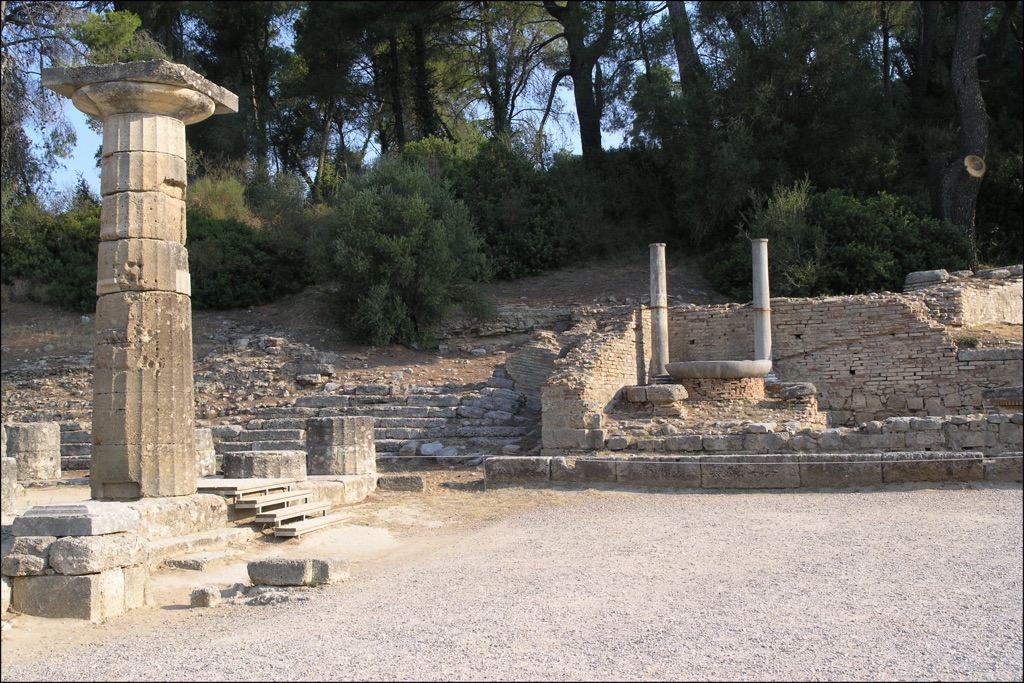
The Temple of Hera is significant for several reasons. First, it’s an early example of monumental Greek architecture. Its stone construction marked a shift from wood and mud-brick, showcasing advancements in building techniques. Second, its dedication to Hera reflects the importance of marriage and childbirth in Greek culture.
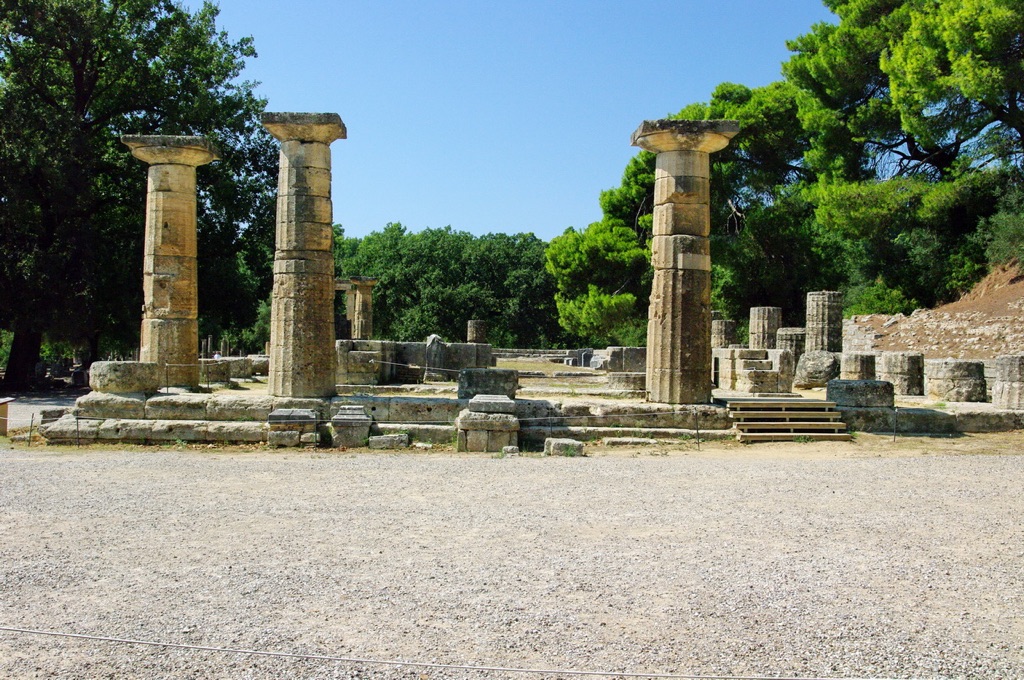
The Temple of Hera also played a role in the Olympic Games. The temple’s altar served as the starting point for the Olympic Torch Relay, a tradition that continues today. The lighting of the torch using sunlight mirrored the divine connection between the games and the gods.
Beyond its religious significance, the temple was a place of worship and offerings. Many statues and artifacts found within its ruins attest to this. The temple even functioned as a treasury, storing valuable gifts dedicated to Hera.
Interestingly, the Temple of Hera played a role in social and political life. It was a meeting place for leaders, a venue for diplomacy, and a site for religious and political messages. This involvement in various aspects of Greek life underscores the temple’s historical importance.
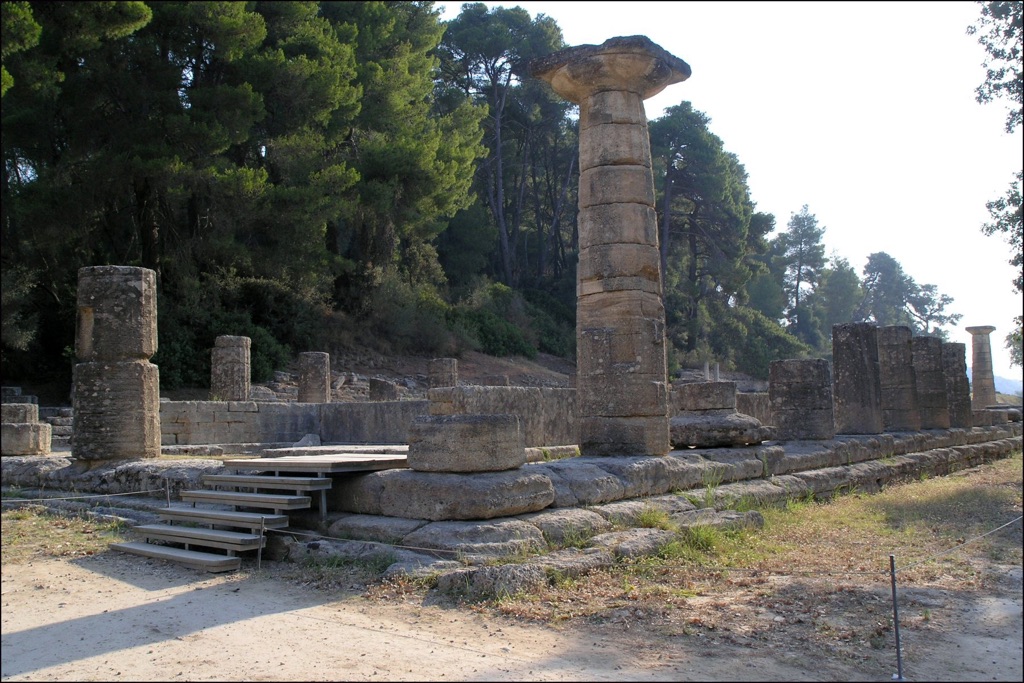
Finally, the Temple of Hera has aided our understanding of ancient Greek architecture. Its design and construction provide valuable insights into the development of the Doric order, a foundational style in Greek architecture.
Architectural Features of the Temple of Hera
The Temple of Hera showcases several groundbreaking architectural features for its time. The temple was built using local limestone, then covered in stucco to resemble marble. This technique marked a shift from wood and mud-brick to stone construction.
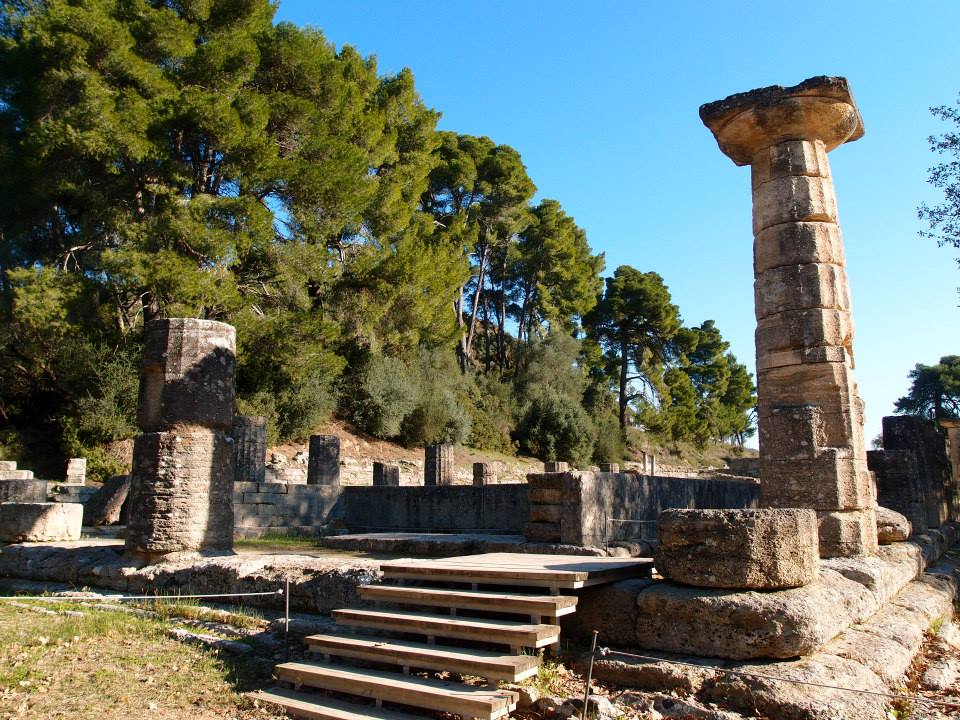
The temple’s design follows the Doric order, known for its sturdy columns with simple capitals and a frieze of triglyphs (grooved blocks) and metopes (rectangular panels). The Temple of Hera is particularly long and narrow, with 6 columns on the short sides and 16 on the long sides, a common feature of early Doric temples.
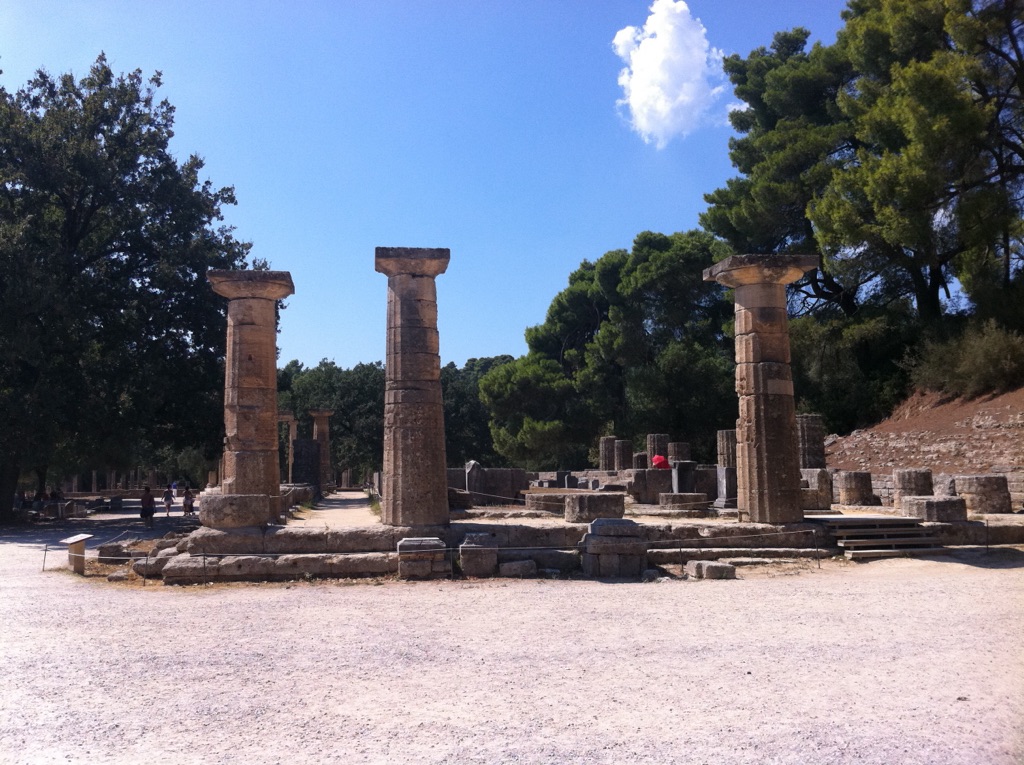
Another interesting feature is the temple’s unique double colonnade on the pronaos (front porch), a less common element in Greek temples. This, along with the second row of columns in the opisthodomos (rear porch), suggests an evolution in design aimed at creating a more impressive interior space.
The Temple of Hera also had varying column styles. The eastern columns are older and simpler, while the western ones are more complex. This difference suggests the temple was built in stages over a long period.
While most sculptures are gone, descriptions and fragments from excavations provide insights into the temple’s original appearance. These decorations highlight the Temple of Hera’s artistic and architectural sophistication.
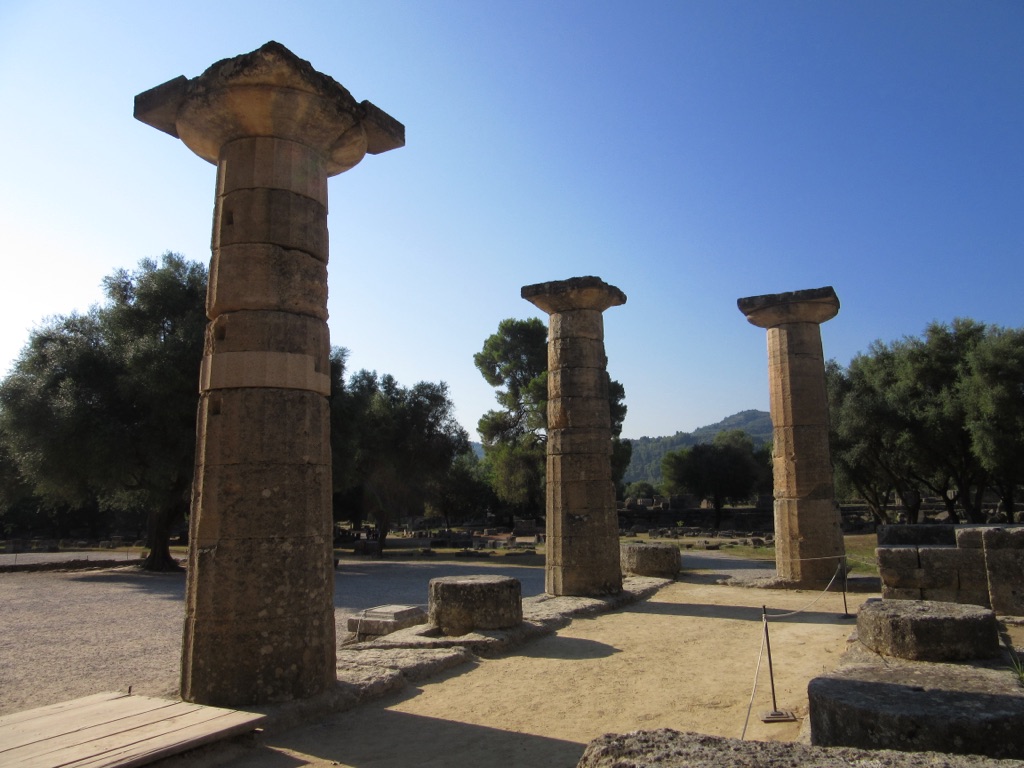
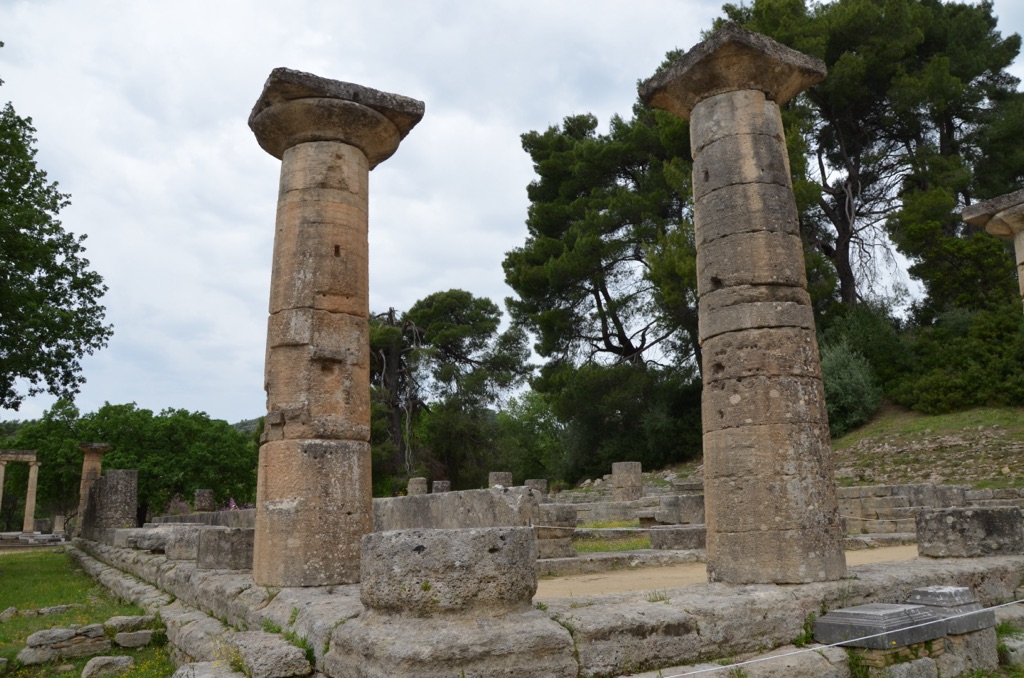
Conclusion
The Temple of Hera in Olympia holds immense historical significance. Its role in Greek culture and religion, its groundbreaking architecture, and its association with the Olympic Games solidify its importance. The temple offers a glimpse into ancient Greek religious practices and architectural advancements, and its influence continues through the modern Olympic Torch Relay.
Sources


